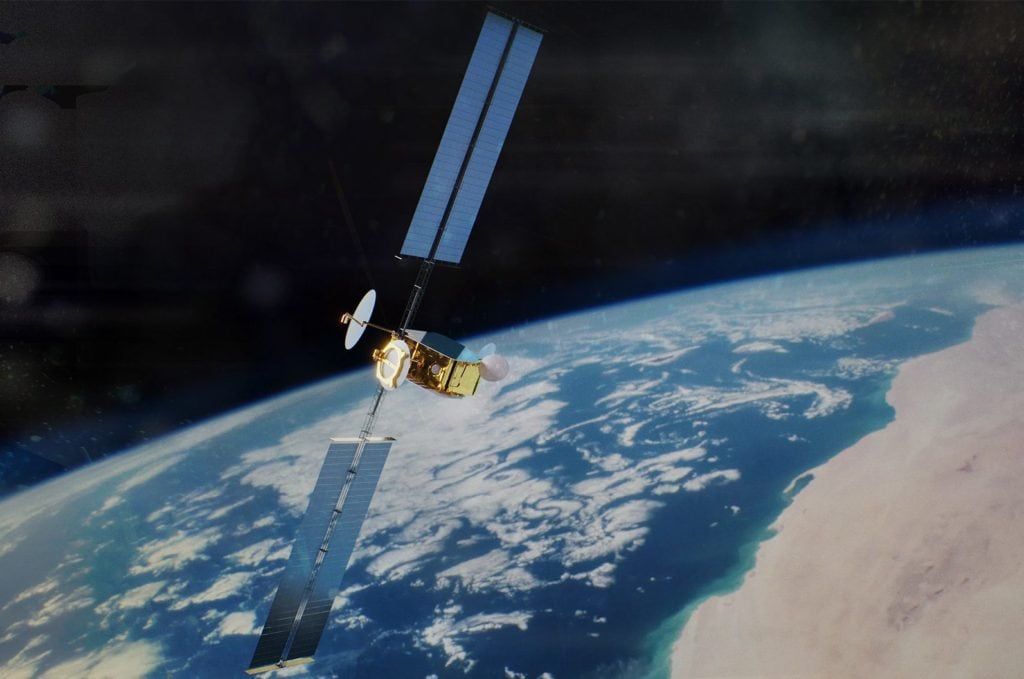40 Success Stories: When Inmarsat Launched GX Aviation In-Flight Connectivity
Share

To celebrate the 40th anniversary of APEX EXPO this year, we’re looking back at APEX members’ most significant achievements. In the final installment of the campaign, we reflect on the importance of Inmarsat’s GX Aviation in-flight connectivity service.
Register for APEX EXPO (Los Angeles, September 9-12)
Inmarsat’s Global Xpress (GX) network is the first and only wholly owned global high-throughput satellite network in the world, and it was years in the making. After coming up with the concept for GX in 2009, Inmarsat began launching its satellites into orbit. Starting with the the 5th satellite in the constellation being launched later this year, Inmarsat is investing in 8 more payloads over the next 4 years to expand is coverage and capacity to include the Arctic by 2023.
The company believes GX is unique because it was purpose-built for mobility, with a fully integrated and wholly owned ground network and proprietary software. The markets it serves are exclusively mobile – aviation, maritime, enterprise and government – so it was designed specifically to deliver consistency, availability and reliability to moving targets by seamlessly switching between satellites. But what does that mean for airlines using Inmarsat’s GX Aviation in-flight connectivity service?
For passengers, it enables a service much like the one they’re used to having on the ground. It’s even poised to allow the live-streaming of television on board, something which several Inmarsat customers are soon to introduce. For airlines themselves, GX Aviation promises optimized operations – something which Norwegian is keen to benefit from. GX Aviation is currently contracted to over 20 carriers around the world, including Air New Zealand, Lufthansa and Singapore Airlines.
Inmarsat recently announced plans to introduce three next-generation fully electric, software programmable satellites developed by Airbus Defense & Space to the GX constellation, each with twice the capacity of the GX 1-6 combined. The satellites will be able generate thousands of beams simultaneously, all with varying sizes, shapes and power depending on the demand.
Another key differentiator will be their ability to rapidly change orbital position based on customer demand and to connect to any Inmarsat ground station, providing ultimate flexible capacity. In addition, they can be built, launched and deployed in around two years, roughly half the time of a traditional satellite.
Philip Balaam, president of Inmarsat Aviation, is proud of the company’s achievement. “GX is so much more than just a satellite network, it’s a complete end-to-end solution and we have been equally ambitious in developing our ground stations, hardware, software and cybersecurity framework. This infrastructure is unique in the industry and its ongoing evolution is testament to our commitment to the aviation industry.“
Inmarsat, like APEX EXPO, is also celebrating the 40th anniversary of its inception in 2019.
See more posts from the 40 Success Stories campaign.



